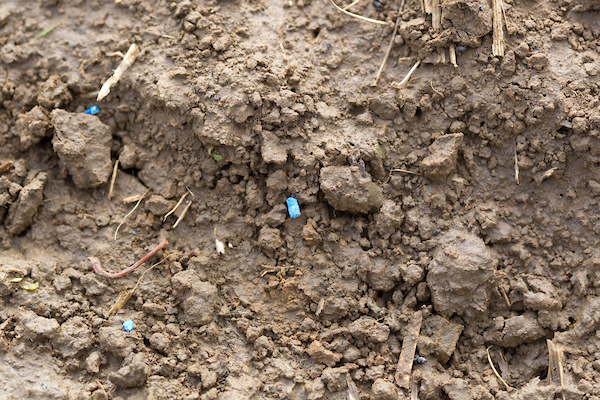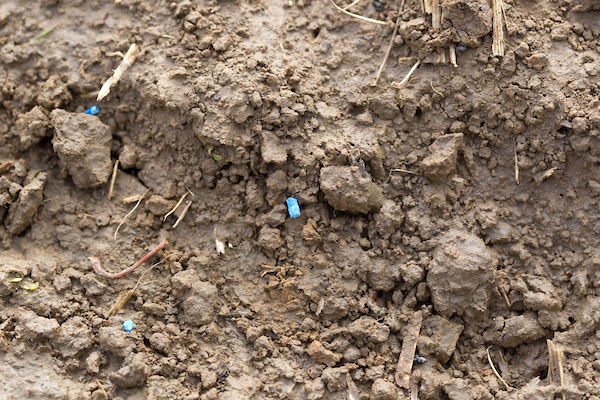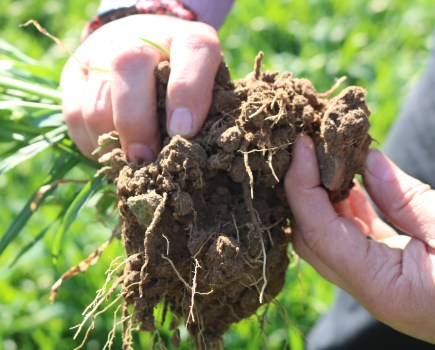
The recent onset of wetter, more typically autumnal weather has led to an increased risk of slug activity within newly established arable crops, growers are urged to minimise the threat of crops being damaged by making every slug pellet count.
“By applying the right pellet at the right time and at the right dose, growers can maximise slug control while minimising the impact of key molluscicide active ingredient, metaldehyde, on drinking water quality and environmental diversity,” explains Andy Bailey, Adama’s Fungicide and Molluscicide Technical Specialist.
“Growers should calibrate and test their spreading equipment to ensure pellets are applied accurately and at the correct dose, and are also advised to select a bait which not only offers high mortality rates, but which is also highly palatable and which retains its integrity over a long period of time, even in persistently wet conditions.”
Gusto 3, Enzo and Carakol pellets meet these requirements thanks to their 3% metaldehyde content and a unique pellet design: the pellets are made from a unique blend of high quality flour which is wet mixed, extruded and then dried using Desidro technology – a two-stage process that microwaves the pellet to dry the inside before using a standard heating system to dry the exterior.
“This ensures an ideal balance between persistence and palatability, with Adama’s slug pellets proving hard enough to ensure excellent weather resistance and longer activity, but also remaining attractive to slugs even when first applied,” Andy adds.
Andy also reminds growers that taking an integrated approach to slug control (more information at www.getpelletwise.co.uk) and evaluating damage risk factors on an individual field level is more successful than relying solely on the application of molluscicide pellets. “Prior to the application of any baiting product, growers should assess the risk by evaluating the slug population by trapping with a non-chemical bait, and should only apply pellets if and when the relevant threshold has been exceeded and when weather and soil conditions are conducive to slug activity.”
The latest ‘Get Pelletwise!’ best-practice stewardship guidelines should also be followed. “Essentially this means minimising the risk to water and wildlife by preventing pellets from landing within 10 metres of any field boundary, hedge or watercourse, using the minimum dose to avoid drainage and run-off losses, and not applying when heavy rainfall is forecast or if field drains are flowing,” Andy continues.
For growers in any doubt about when it is appropriate to apply slug pellets, Andy advocates Adama’s WaterAware featuring #SlugAware app* which predicts the likely threat of slug activity, and determines if climatic and soil conditions are suitable for pellets to be applied.
“By considering factors such as soil type, humidity, soil moisture, temperature, cultivation method, wind and current and previous crops, the app predicts a low, medium or high threat of slug activity in a given 24 to 72-hour period.
“With this information to hand, growers can make informed decisions to ensure key active ingredients, such as metaldehyde, are only ever applied at the right time,” Andy concludes.




